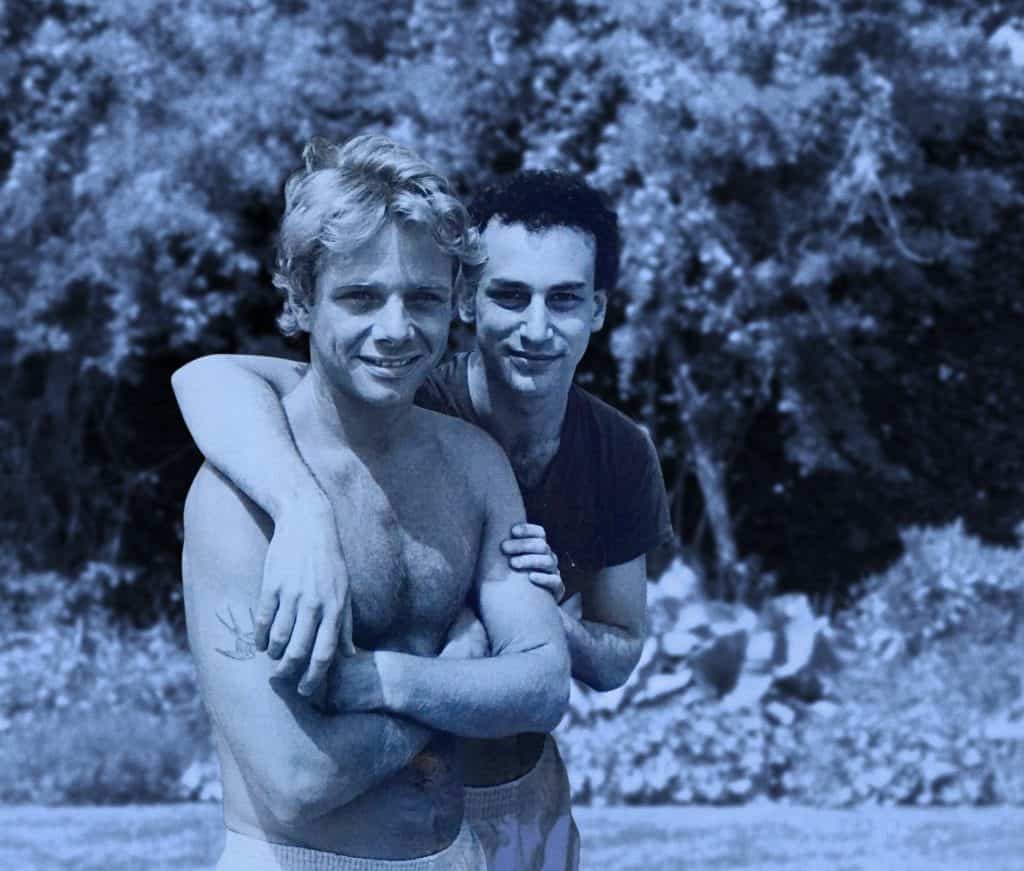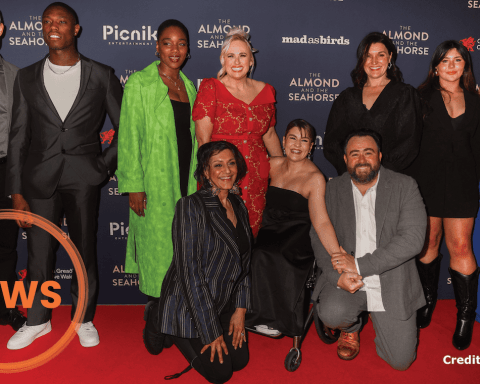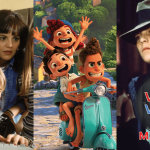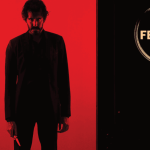The NeverEnding Story is available to rent, buy and stream now.
As a seven-year-old watching The NeverEnding Story for the first time at my local Granada Cinema in 1984, I was swept away by the film’s fantasy and imagination. But, my lasting memory remained Artax, being sucked into the swamp of sadness, and I know I am not the only one to have been traumatised by those fateful events. However, as a child, this sadness was coupled with awe, wonder, and a delicate first crush on the young Noah Hathaway. It was not until my 40s that The NeverEnding Story’s more prominent themes jumped from the screen as I revisited Fantasia and the fantasy was replaced by a complex and deeply rooted exploration of death, grief and recovery.
Based on Michael Ende’s book Die unendliche Geschichte first published in 1979, Ende wrapped his expansive fantasy world in the hands of an outcast boy grieving the death of his mother. The first half of the book explores the fantastical land of Fantasia as read by Bastian, while the second half explores Bastian’s quest to give the ‘Childlike Empress’ a new name. Ende’s novel achieved worldwide praise on release as he dovetailed childhood imagination with adventure and sorrow. Eventually, Ende would sell the film rights to Constantin Films, a West German production company.
The NeverEnding Story would soon find a producing partnership of Bernd Eichinger and Dieter Giessler, with Wolfgang Petersen joining as a director soon after. However, nobody at the time could have envisioned The NeverEnding Story becoming a financial headache the size of an Ivory Tower for Constantin Film. Principle photography would take place at the Bavaria Studios in Munich with external location shots in Vancouver. Meanwhile, casting choices would bring together Battlestar Galactica’s Noah Hathaway and the relative newcomer Barret Oliver. On its release in 1984, The NeverEnding Story performed well, with German, UK and American box office takings exceeding expectations. However, the book’s author remained highly critical of the final film, reportedly saying the film revolted him. But let’s face it, Ende won’t be the first or the last author to have significant misgivings about a movie adaptation that has become a classic. But what makes The NeverEnding Story an enduring cinematic classic? For me, it’s the movie’s ability to dovetail fantasy and escapism with themes of childhood grief and the ‘nothing’ of death.
The opening scenes of Peterson’s film firmly establish that Bastian is a little boy lost in fear and grief. Yet Bastian’s father offers little love or support as he coldly tells Bastian he must move on from his mum’s death and improve at school. These scenes remain incredibly hard to watch even now. For Bastian, his only real escape from the emotions surrounding him is literature, as books open up a world where he can become someone else, forgetting the pain he carries. This is a daily reality for many kids suffering from bullying, loss, or segregation. Following his escape from local bullies in an old bookshop, Bastian is encouraged by the owner to borrow The NeverEnding Story. Here the bookseller clearly understands Bastian’s isolation, fear and pain while equally knowing the power literature can hold in instigating change. Bastian takes the book and skips lessons to read it, using his school’s attic to begin his journey into Fantasia – the safety and isolation of the room masking its baron and scary atmosphere, a reflection of Bastian’s inner fear and emptiness.
As Bastian enters the world of Fantasia, he finds it threatened by a dark creeping presence called ‘the nothing.’ This mysterious entity slowly eats through everything in its path, leading to despair, loss, and pain. Here, the ‘nothingness’ symbolises the grief consuming Bastian, a psychological condition referred to as anhedonia. The feelings this condition creates lead to a sense of numbness and disconnect from the world, feelings anyone who has lost a loved one, friend or partner can easily relate to. However, these feelings can be particularly challenging for young people, where their ability to express internal emotions is often confusing and scary. In The NeverEnding Story, ‘the nothing’ is Bastian’s inner soul.
As ‘the nothing’ gobbles up Bastian’s fantasy world, the only hope resides in the Childlike Empress, a young girl who is Fantasia’s heart and soul. Here, we have a symbolic mother figure in a child’s clothing. For example, look at our young princess’s symbol, ‘The Auryn,’ – in ancient Ouroboros culture, these two snakes entwined to create a figure of eight, representing birth, life and death. The Childlike Empress is Fantasia’s mother – her role marked out as the creator and carer. Meanwhile, our young warrior Atreyu is the boy Bastian wishes he could be – a brave young warrior who must fight ‘the nothing’ and save the mother of Fantasia from death. Even Atreyu’s white horse symbolises death, wisdom and faith in numerous religions and cultures.
One of the first challenges our young warrior must overcome is the death of Artax (his horse) in the swamp of sadness. This is the scene that has haunted most kids since their first viewing, and it’s easy to see why. The death of Artax is embedded in a truth we struggle to accept as kids: no matter how much we fight, death is unavoidable. The swamp represents the sadness and despair of this reality, sucking any creature under its muddy quilt who cannot rise above the sorrow. Here, Atreyu manages to conquer the swamp’s pain and provide Bastian with his first steps towards recovery. The loss of Artax is a vehicle by which Bastian can explore his own grief and the need to escape sadness through Atreyu.
On escaping the swamp of sadness, Atreyu meets Morla, the wise and ancient. However, the meeting offers little hope to Atreyu as he discovers a creature who doesn’t listen or care. Moria reflects a world where adults often dismiss the emotional pain of children with phrases such as “Don’t worry about it”, “Everything will be just fine”, and “You need to grow up”. Morla is Bastian’s father transformed into a turtle who is so involved in their own loss that they can’t see the wounded child in front of them. But all is not lost as the slightly creepy but well-meaning Falkor arrives, and Atreyu finds his guide and counsellor. Falkor’s character is derived from the ancient Japanese ‘Fukuryū’ or Luck Dragon. His arrival represents the calm and assured wisdom of an adult who will listen, a mentor and counsellor on the journey ahead.
Throughout the film, Atreyu is pursued by the G’mork, a giant black wolf intent on ensuring ‘the nothing’ does its work in destroying Fantasia. Once again, the film uses ancient symbols to portray more profound messages within its narrative. G’mork never hurts Atreyu; apart from a large scratch in the final battle, his presence is one of fear and apprehension more than threat. But, his arrival is rooted in ancient Norse mythology, where the ‘Fenrir’, or son of Odin, took the form of a black wolf representing the end of times and death. In The NeverEnding Story, the G’mork is the physical representation of death and ‘the nothing’ of grief, with each feeding off the other in the never-ending cycle of life and death.
As we near our journey’s end, Bastian must join the story in helping Atreyu complete his task of rebuilding a broken Fantasia. The NeverEnding Story aims to reflect the circle of loss, love, endings and beginnings through Bastian’s final journey. As Bastian renames the Childlike Empress while thinking about his mother, he finally accepts his mum’s death while realising that her memory lives forever inside him. As we leave Fantasia, Bastian learns that life and death are simply part of one big never-ending story as the light of life replaces the darkness of loss.
Director: Wolfgang Petersen
Cast: Noah Hathaway, Barret Oliver, Tami Stronach, Patricia Hayes, Sydney Bromley



















